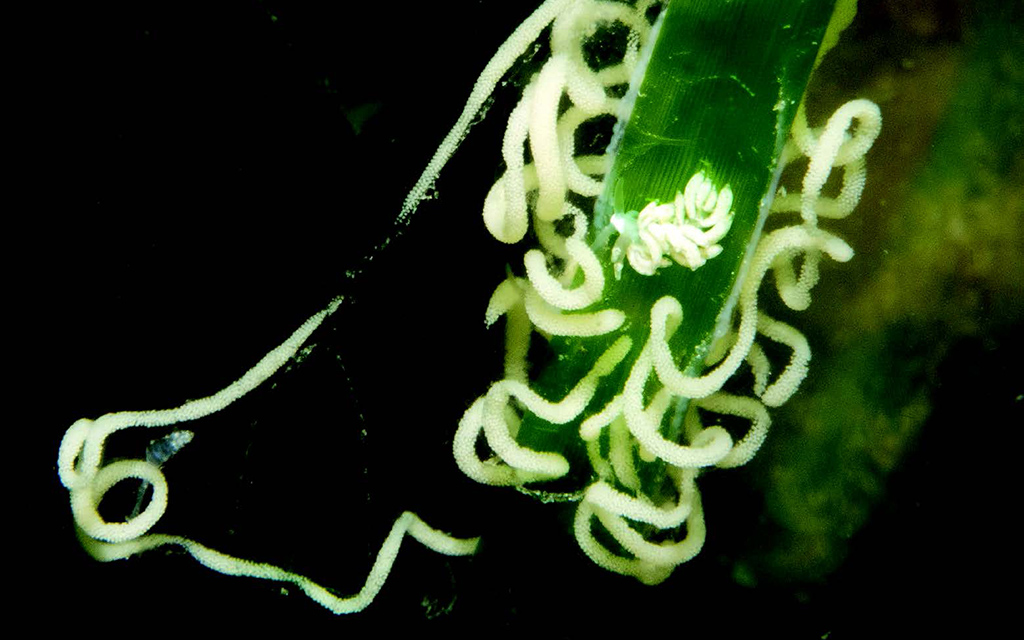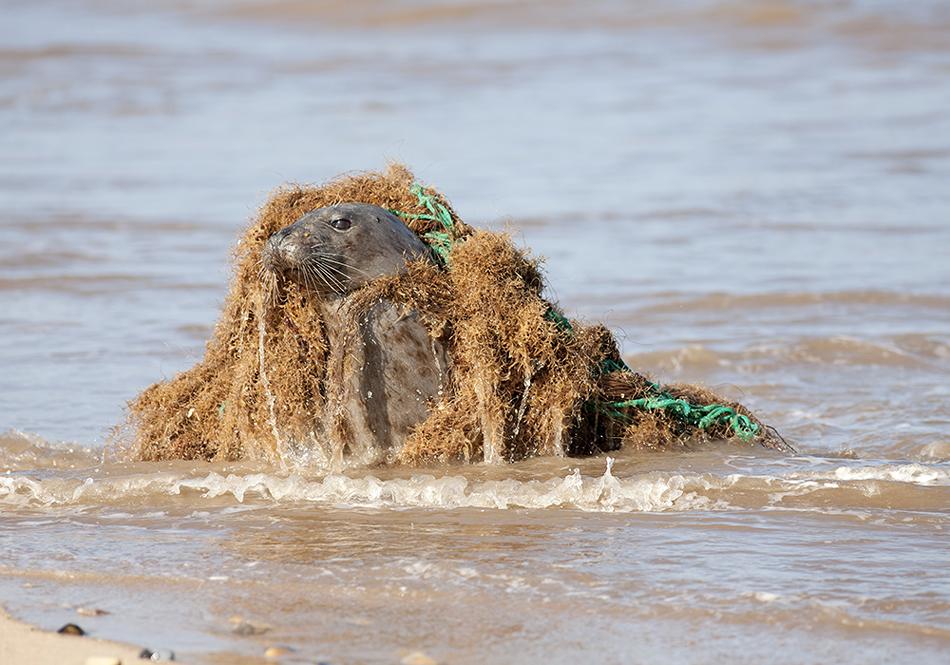
Becky Hitchin highlights two environmental projects calling out for diver assistance – why not get involved?
We’ve all got diver friends who have gone to far-flung places and participated in coral reef restoration initiatives. But there are also projects that divers and snorkellers can get involved with in the UK. Today we’ll talk about seagrass and oysters.
Seagrasses are flowering plants that live underwater in shallow, sheltered areas around the coasts of the UK and elsewhere. The meadows they form are biodiversity hotspots and fish nurseries, and also hinder coastal erosion by reducing wave energy. They promote ocean health by filtering pollution. The oldest seagrass meadows are thought to be hundreds of thousands of years old and are significant carbon sinks – the Marine Conservation Society estimates that one hectare of seagrass can store around 400kg of carbon dioxide per year.
It is estimated that 92% of seagrass off British coasts have been lost in the last century. However, the loss of this precious ecosystem is starting to be reversed, with active seagrass restoration schemes being developed in several places around the UK. The restoration process is simple. Seagrass plant seeds are harvested and collected from known seagrass meadows. The seeds are sorted, with suitable seeds placed in small hessian bags that degrade naturally. These seed-filled bags are then laid and planted on the seafloor.
Project Seagrass estimates that over 2,000,000 seeds have already been planted, using more than 3,000 volunteers in an incredible effort. Work by Swansea University aims to restore 2 hectares of seagrass meadows in Wales and Scotland, and WWF is working to restore 10 hectares around the Llwyn Peninsula and Anglesey. The Ocean Conservation Trust are coordinating projects in Plymouth Sound and the Solent that aim to restore 8 hectares. In Scotland, Restoration Forth aims to restore at least 42 hectares of coastal habitat, including seagrass, by 2030.
Including seagrass, they say? What else is there that is available for practical restoration that communities, divers and snorkellers can be involved in? One answer is oysters.
Oysters are as amazing as seagrasses. Again, they can provide habitats for fishes and seabed organisms, providing complex reef structures that can provide habitat and refuge for a wide range of organisms. Oyster reefs improve water quality and store carbon. They also reduce excess nutrients in the water. As with seagrasses, our oyster beds are a shadow of what they once were. Native oyster populations have declined by 95% in the UK since the mid-19th century, with collapses in the mid-20th century due to overfishing, pollution, disease and the introduction of invasive species.
How, then, are oyster reefs rebuilt? The simplest rebuilding occurs where some suitable habitat remains, and release of oyster larvae into the water column should restart reef growth. In other places, they have to be helped a bit. In their larval stage, oysters anchor themselves to hard substrate on the seabed, where they live and grow. For restoration, old shells are put to new use. Oyster larvae can then settle on planted shells to kickstart the evolution of a new oyster reef. Blue Marine Foundation has also placed brood stock oysters in cages hung in the water beneath pontoons, facilitating the release of millions of larvae into the Solent. Restoration Forth is working to deploy new beds of native oysters into the Firth of Forth, re-establishing a habitat that has been lost for more than 100 years.
So next time you’re stuck for a new reason to go diving, find a local initiative, pick up your fins and get stuck into giving something back to the seabed we all love.
Article ‘Restoring British seas’ by Becky Hitchin first published in SCUBA magazine, Issue 141 March 2024.

 Author: Becky Hitchin | Posted 04 Apr 2024
Author: Becky Hitchin | Posted 04 Apr 2024



